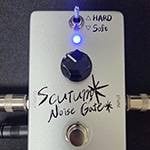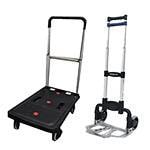The temperature has been soaring above 30 degrees every day, and in the evening, the sky suddenly turns cloudy... Summer is just around the corner! How is everyone doing? Note: By the time this post gets published, it might already be the height of summer.
As for me, I have a few spots along the coast I want to visit, and I’m struggling to decide when to go.
Despite the season, as always, I’m here to talk about guitars. Have you ever tried replacing your pickups? For some of you, it might be quite easy.
This time, let’s focus on a small but tricky pitfall that you might encounter when you get used to swapping pickups. Let’s dive right in.
Look at this picture.
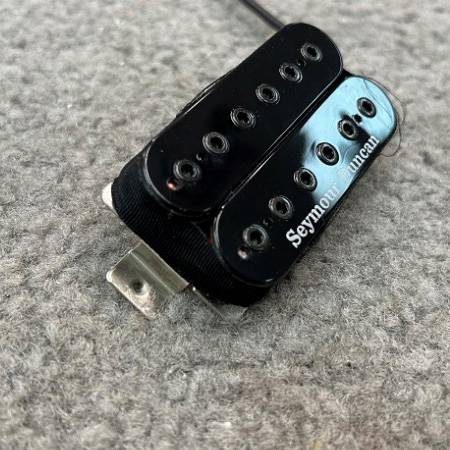
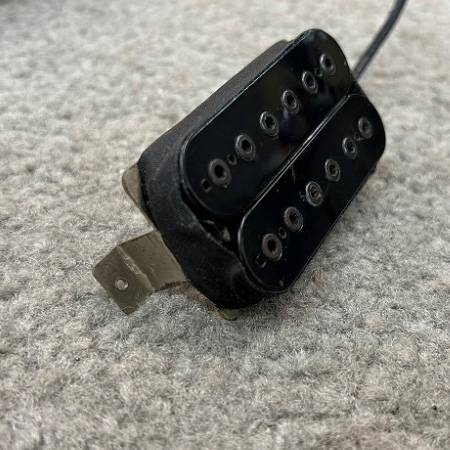
They are so cute. Both are Seymour Duncan SH-10s. Can you spot the difference between them?
With or without the logo? Or perhaps one looks unusually worn out? Now, look at the next picture of the two side by side.
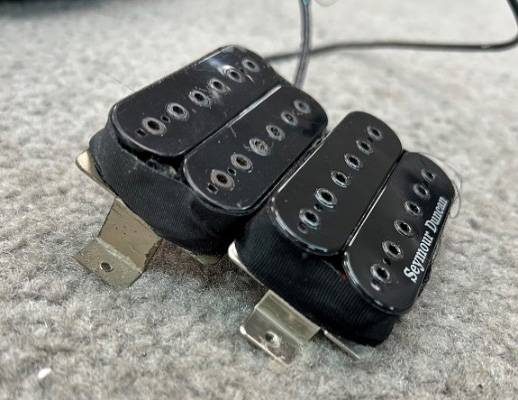
Yes, you’ve noticed it by now. The length of the mounting legs is different.
The longer one is often called a long-leg, and the shorter one a short-leg. But what difference does this make? Let’s take a look.
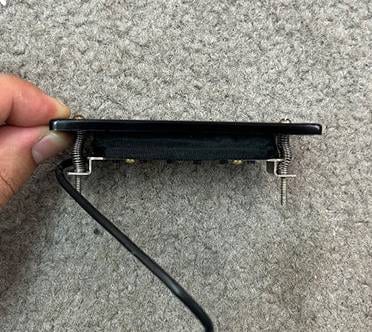
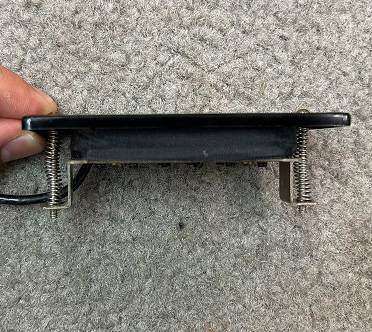
So, I mounted them on an escutcheon. The height is adjusted to be flush with the top surface of the escutcheon. The crucial point is the excess length of the mounting screws. Both pickups have almost the same bobbin thickness, but the difference in leg length makes this much of a difference.
Just from this, you can imagine how the adjustable height range changes when the pickup is mounted on a guitar. The short-leg pickup can be set lower if needed, but the long-leg one cannot, as the screws will come out.
Now, imagine if this were a direct-mount guitar...?
Exactly. Unless you modify the cavity depth, you won’t be able to install the pickup. You’d be in for a disappointment after your purchase.
Therefore, when buying humbuckers, along with checking the string spacing, paying attention to the mounting leg length can lead to a more precise installation.
Lastly, let’s delve a bit deeper into the history of pickups.
Originally, humbucker legs were long, starting with Gibson’s PAF, which you’re probably familiar with.
This is a reissue model by Gibson, and you can see it has long legs.
As time went on and guitar setup trends evolved, technical players favored a ‘low-profile’ setup, sinking the parts as deeply into the body as possible, often without a pickguard, to minimize the distance between the body top and the strings. Brands like ESP are known for this setup.
With this setup, using traditional long-leg humbuckers would require unnecessarily deep routing. This led to:
- Interference with the spring cavity at the back of the body
- Concerns about feedback due to large cavities
- Lack of stability when mounting the humbucker
It has a lot of disadvantages. The short-leg design was an improvement to address these issues. Hence, newer models often have short legs.
Look at the first picture again. Both have the same model number, but can you see the leg length differs...?
These variations can occur due to different manufacturing periods, so make sure to check the dimensions carefully when replacing parts!





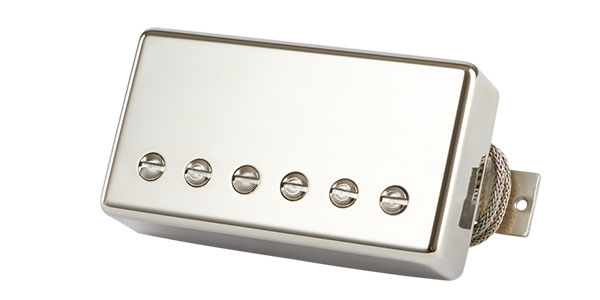


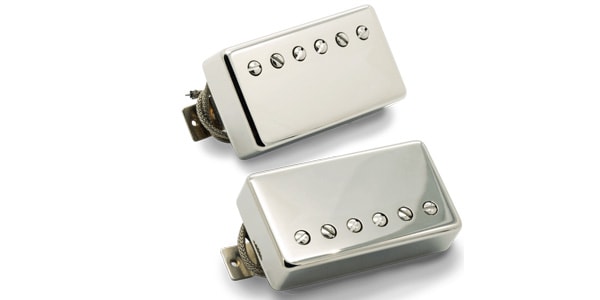
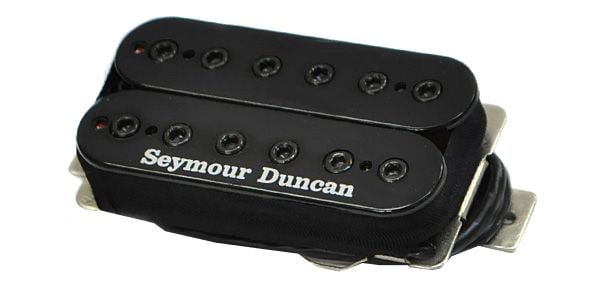
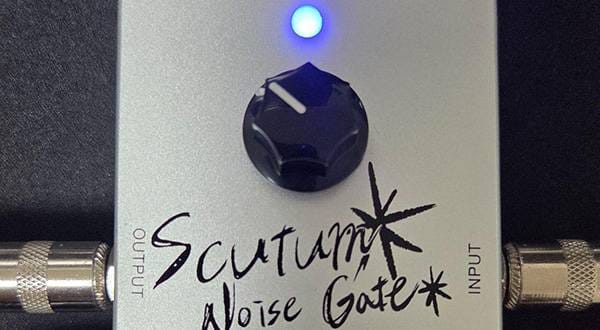
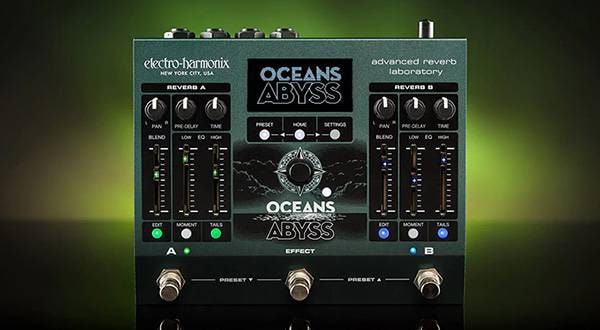

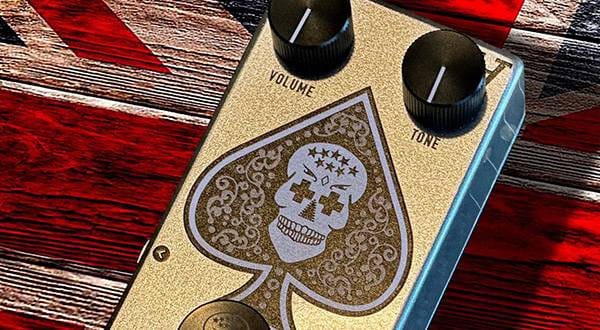
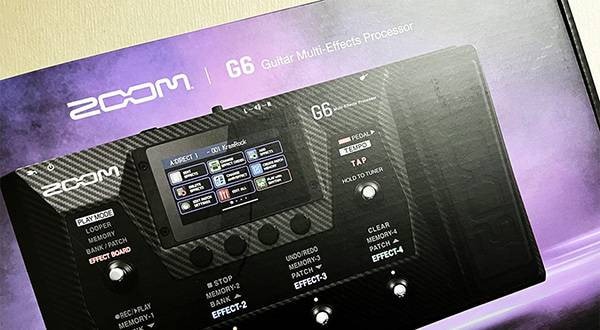
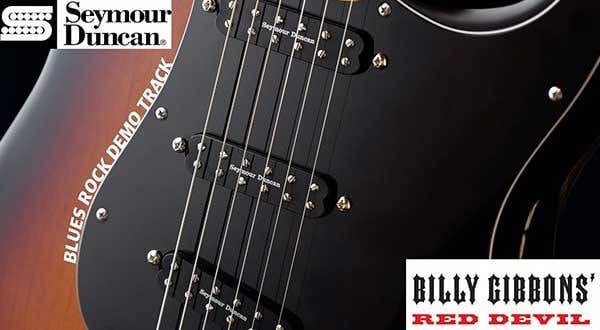

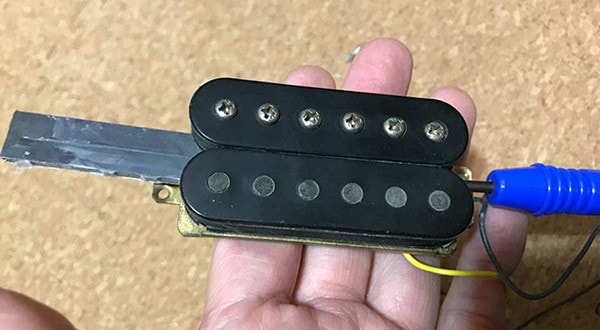


 ピックアップ交換大作戦!
ピックアップ交換大作戦!
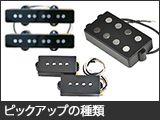 ピックアップの種類
ピックアップの種類
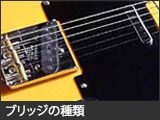 ブリッジの種類
ブリッジの種類
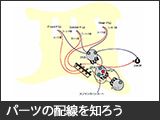 パーツの配線を知ろう
パーツの配線を知ろう
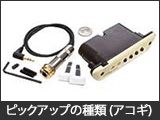 ピックアップの種類(アコースティックギター)
ピックアップの種類(アコースティックギター)
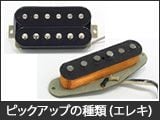 ピックアップの種類(エレキギター)
ピックアップの種類(エレキギター)
